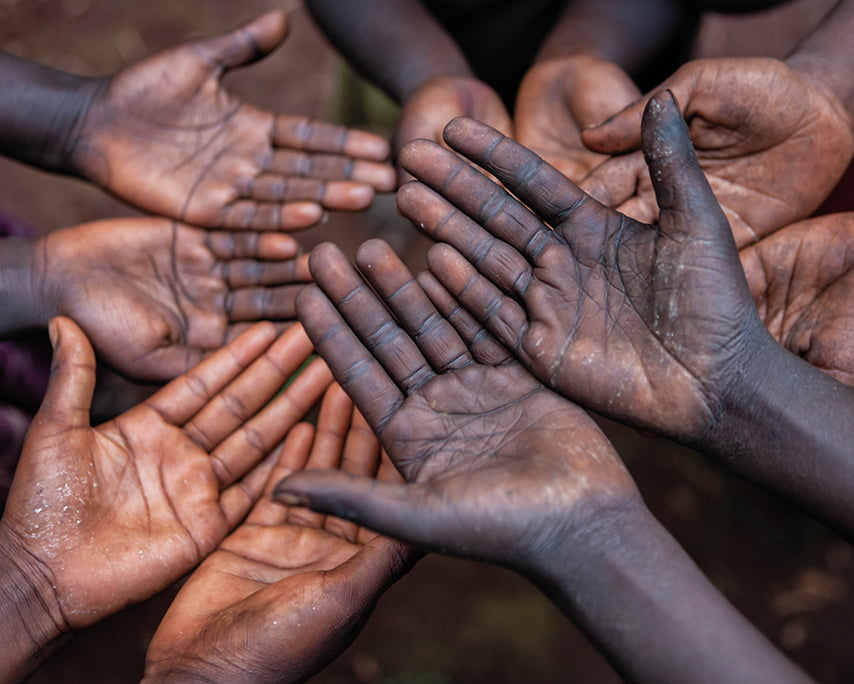World Day Against Child Labour
Child labour is often deeply embedded in the social fabric of communities due to a combination of several factors. Under the theme “Let’s act on our commitments: End child labour, this year’s World Day against Child Labour is a good time to reconsider the historical, cultural, economic and social factors hindering the complete elimination of child labour. It is by understanding the complexities and interconnections of these deeply entrenched issues that responsible businesses and policymakers can develop more effective strategies and take action to combat this issue while supporting the affected communities.
According to the International Labour Organisation (ILO), child labour is having a child who is under the age of 18 years do work that they are too young to perform and, due to its nature or the conditions under which it is carried out, is likely to harm the child’s health, safety or morals. Any work that has the potential to deprive children of their childhood, potential and dignity and is harmful to their physical and mental development is classified as harmful. Additionally, it is equally crucial to understand that any work that deprives a child of the opportunity to attend school, forces them to leave school prematurely or requires them to combine school attendance with excessively long and heavy work hours is child labour.
Despite the relevance and effectiveness of the above definition, things are different on the ground. In many communities, the contraventions mentioned are a part of life and have been for generations. It is seen as a normal and necessary contribution to the family’s livelihood. For example, in rural and agricultural communities, children often work alongside their parents in fields and farms from a young age, which is considered part of their upbringing. Moreover, most cultures perceive work as a valuable part of growing up and teaching children responsibility, skills, and the value of hard work. It is common to have cultural norms that dictate children contribute to their family’s income or business as a sign of respect and duty towards their family.
A primary driver of child labour is poverty. Families struggling to make ends meet often rely on the additional income generated by their children. In many regions, there are inadequate social safety nets such as welfare programmes, unemployment benefits or access to free education, which forces families to send their children to work. The lack of sustainable conditions to end child labour further escalates the acceptance within communities of contravening practices, making it difficult to challenge or change the situation. Consequently, this community acceptance develops into a support network whereby families and communities depend on each other’s labour, creating a network where everyone, including children, is expected to contribute.
Most countries sign international labour laws and have laid out local policies against such practices. However, child labour persists due to weak enforcement of these laws, corruption and, in certain cases, a lack of resources to provide adequate schooling, healthcare and a support system.
Implications of removing child labour
Under such cultural and socio-economic conditions, simply removing children from the workforce without addressing these underlying factors leads to economic hardship for families, causing resistance from communities that see it as an attack on their way of life or financial survival. Therefore, any solution to child labour has to consider these deeply rooted factors. Of urgent consideration is to improve children’s access to quality education to provide them with viable alternatives to work. Additionally, even as governments and policymakers work to strengthen laws against child labour and ensure they are effectively enforced, they must also put resources and support systems in place. Further, working with communities to change cultural perceptions about child labour is imperative.



